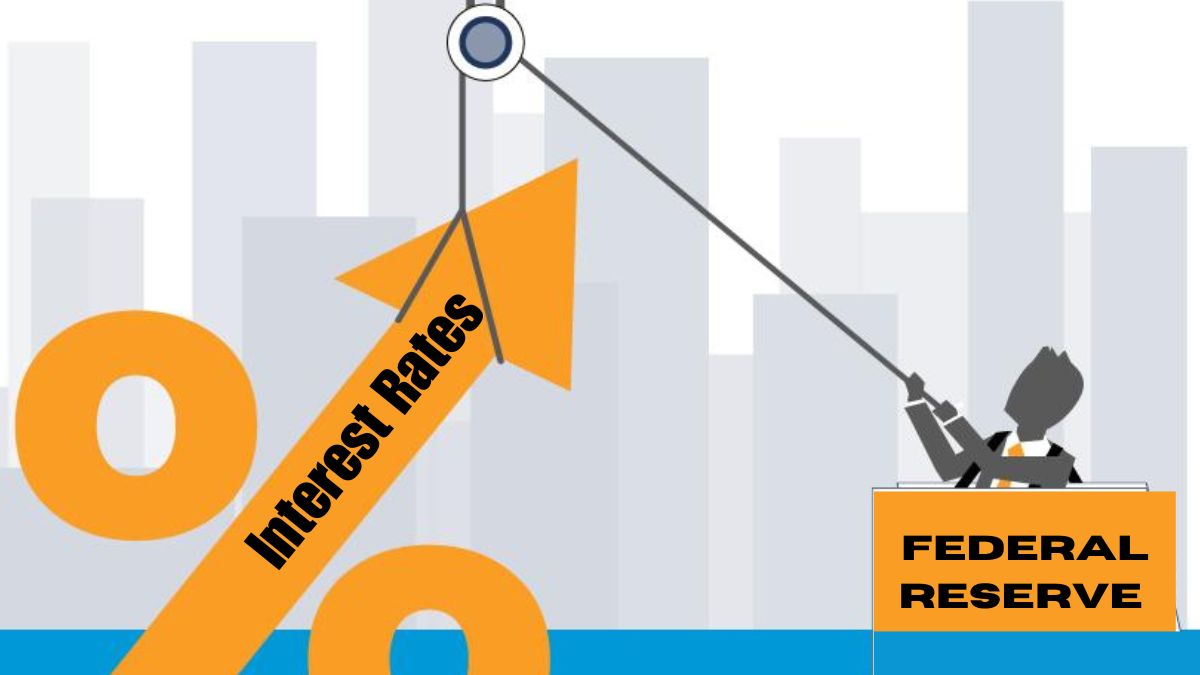The United States’ central bank is called the Federal Reserve, or simply the Fed. To meet its twin goal of encouraging maximum employment and stable prices, one of the Fed’s key functions is to determine interest rates. This page will explain how the Federal Reserve sets interest rates, the various types of rates it uses, and the effects each has on the economy.
Types of Interest Rates
- Federal Funds Rate: Overnight, banks borrow from each other at the Federal Funds Rate to satisfy their reserve requirements. The Federal Reserve establishes a target range for this rate, which other interest rates in the economy are compared to.
- Discount Rate: The interest rate at which the Fed lends money to commercial banks for short periods of time is called the Discount Rate. To control the economy’s monetary supply, the Fed uses this rate, which is often higher than the Federal Funds Rate.
- Prime Rate: Commercial banks’ most creditworthy customers are charged the Prime Rate, which is the highest interest rate the bank offers. It serves as a standard against which other types of loans, such as home equity and car loans, can be compared.
Impact of Interest Rates on the Economy
- Consumer Spending: Consumer spending is greatly affected by interest rates. When interest rates are low, people can more easily take out loans to finance large purchases like houses, vehicles, and other commodities. Therefore, lower interest rates can encourage economic expansion.
- Business Investment: Investment in new projects and machinery might be boosted by lower interest rates. higher productivity and economic growth may result from businesses’ higher use of debt during periods of historically low interest rates.
- Inflation: The Federal Reserve’s interest rate policy is to achieve and sustain price stability by limiting inflation. The Federal Reserve may increase interest rates when inflation is strong in order to dampen economic activity and curb price increases. When inflation is too low, however, the Fed may choose to reduce interest rates in order to boost consumer spending and business investment.
Determining Interest Rates
The FOMC, or Federal Open Market Committee, is the Fed’s decision-making body when it comes to monetary policy. It holds regular meetings throughout the year to discuss economic data and vote on interest rate changes. Inflation, unemployment, and economic growth are only some of the considerations made by the FOMC.
- Global economies may be affected by the Federal Reserve’s interest rate decisions. Interest rate fluctuations in the United States have the potential to ripple through international financial systems and have repercussions for nations with extensive trade and financial linkages to the United States.
- When the Federal Reserve raises interest rates, for instance, the dollar strengthens, making it more expensive for countries to finance their operations in dollars. This has the potential to affect financial markets around the world and potentially trigger crises in some nations.
- The Fed’s ability to affect the economy extends beyond its control over interest rates. Open market operations, in which the central bank buys and sells government assets, are one method it uses to affect the money supply. The amount of money that banks must keep on hand as reserve to meet their obligations is something the Fed can change.
Conclusion
Interest rate decisions made by the Federal Reserve can have a major effect on the economy of the United States. The Fed is able to affect borrowing costs, consumer spending, and company investment by adjusting interest rates. Individuals and organizations can benefit from a deeper understanding of interest rates and their effects on the economy by using this knowledge to guide their financial decisions.
The Federal Reserve Board (Fed) is crucial in managing the U.S. economy and preserving financial stability. The decisions it makes about interest rates and other monetary policy tools can have far-reaching effects on people, companies, and even entire nations. Because of the potential impact of Fed policies on individual finances, education about the Fed is essential.











